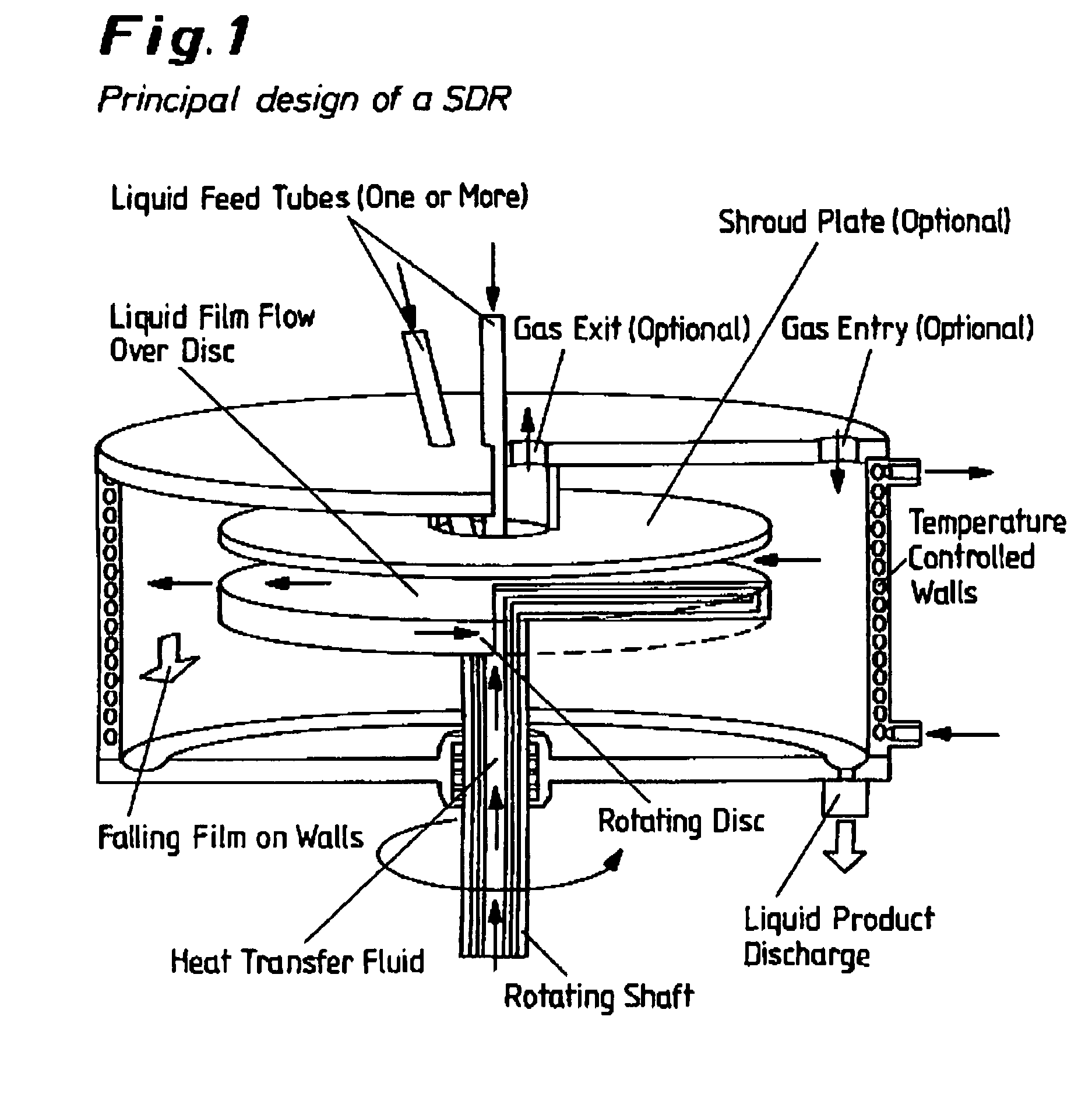Process for preparing hydrogenated nitrile rubbers
a technology of hydrogenated nitrile rubber and process, which is applied in the field of hydrogenation process for nitrile rubber preparation, can solve the problems of high manufacturing cost, high production cost, and difficulty in introducing new hnbr grades into the market, and achieve the effect of reducing the cost of hydrogenation process and in particular the cost of equipmen
- Summary
- Abstract
- Description
- Claims
- Application Information
AI Technical Summary
Benefits of technology
Problems solved by technology
Method used
Image
Examples
examples 1-3
[0065]The following chemicals have been used in the Examples described below:[0066]Tris(triphenylphosphine)rhodium chloride (so called Wilkinson's hydrogenation catalyst), from Umicore AG & Co. KG[0067]Triphenylphosphine (“TPP”) from BASF Aktiengesellschaft[0068]Perbunan® T 3429 NBR rubber with an acrylonitrile content of 34% b.w. and a Mooney-viscosity M(1+4)@100° C. of 28.2, Mw=255.000 g / mol, Mn=77.000 g / mol, PDE=3.31, said rubber being available from Lanxess Deutschland GmbH[0069]Monochlorobenzene (“MCB”) available from Lanxess Deutschland GmbH
[0070]A solution of 4% b.w. Perbunan® T 3429 in MCB was provided in a sealed vessel under a blanket of nitrogen. Furtheron a solution of tris(triphenylphosphine)rhodium chloride in MCB was prepared and triphenylphosphine as co-catalyst added. The catalyst-loading is given in the below Table 1. The amount of triphenylphosphine added was 1% b.w. based on 100% b.w. of the nitrile rubber.
[0071]All reactions were carried out in a stainless steal...
PUM
| Property | Measurement | Unit |
|---|---|---|
| hydrogen pressure | aaaaa | aaaaa |
| size | aaaaa | aaaaa |
| temperature | aaaaa | aaaaa |
Abstract
Description
Claims
Application Information
 Login to View More
Login to View More - R&D
- Intellectual Property
- Life Sciences
- Materials
- Tech Scout
- Unparalleled Data Quality
- Higher Quality Content
- 60% Fewer Hallucinations
Browse by: Latest US Patents, China's latest patents, Technical Efficacy Thesaurus, Application Domain, Technology Topic, Popular Technical Reports.
© 2025 PatSnap. All rights reserved.Legal|Privacy policy|Modern Slavery Act Transparency Statement|Sitemap|About US| Contact US: help@patsnap.com

